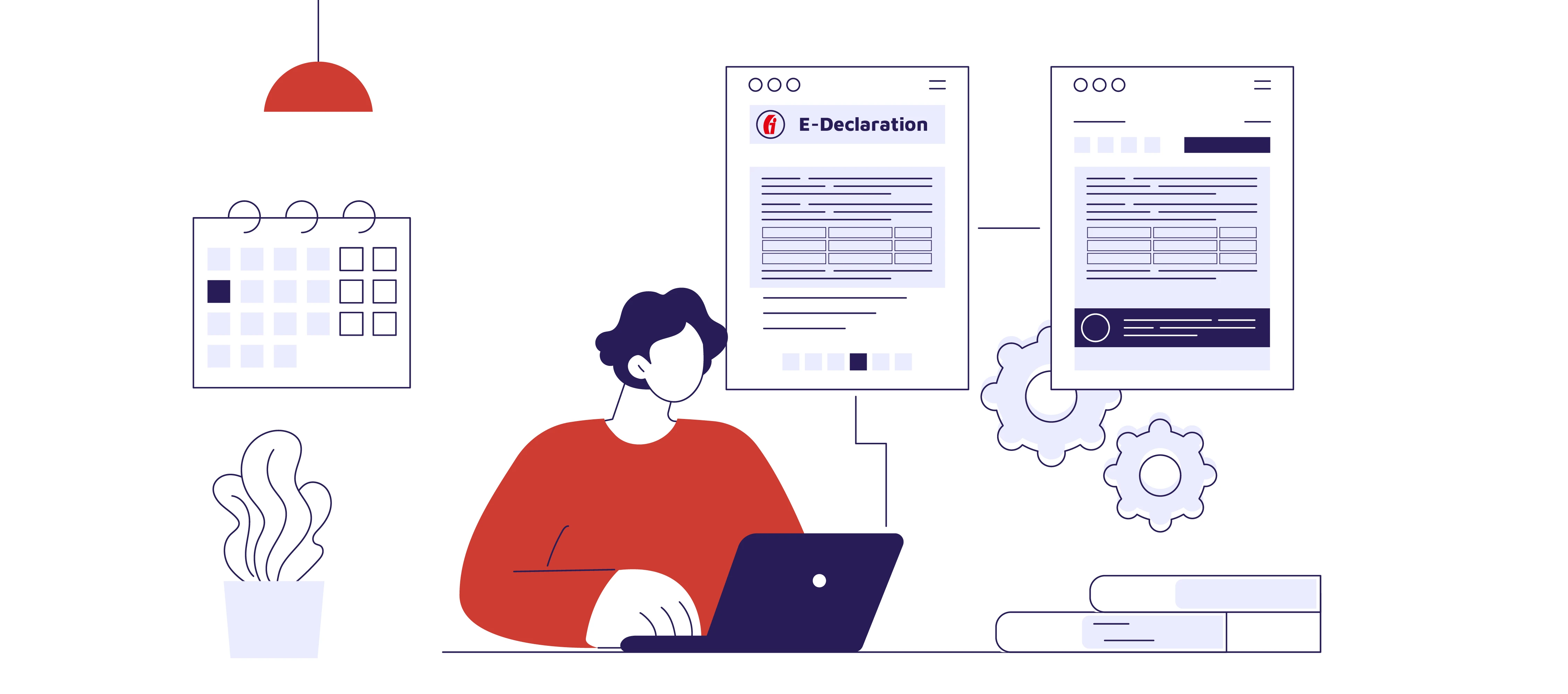12 September 2023
What is OKR (Objectives and Key Results) and How is It Used in HR Processes?

What is OKR?
In the fast-paced and ever-changing world of business, organizations are always on the lookout for ways to enhance their performance and achieve their strategic objectives. One recent framework that has gained considerable attention is OKR, short for Objectives and Key Results. OKR is a goal-setting methodology widely adopted by companies in various sectors, including Human Resources (HR).
In today's business landscape, HR is instrumental in aligning corporate objectives with workforce productivity and growth. OKR offers a structured framework for HR departments to define strategic objectives and attain them. It fosters transparency, accountability, and a culture of constant improvement within the organization.
The History of OKR
The OKR (Objectives and Key Results) framework has become a popular tool in the business world for its effectiveness in focusing, aligning, and creating accountability within organizations. The concept has its origins in Peter Drucker’s 1954 book “The Practice of Management,” where he introduced the Management by Objectives (MBO) approach. MBO was designed to evaluate employee performance by setting specific goals for them. However, OKR was further developed in the 1970s by Andrew Grove, who served as CEO of Intel at the time. OKR was considered to be a more specific and actionable implementation of the broader MBO concept. Grove's approach emphasized setting clear objectives and creating measurable key results to determine the success of these objectives. Today, OKR is widely adopted by companies of various sizes and industries worldwide, especially in this technology-driven age.
The Importance of OKR
OKR (Objectives and Key Results) is highly crucial for organizations because it brings clarity and alignment to goal-setting processes by defining ambitious objectives with measurable key results. This ensures that everyone, from top-level objectives to individual tasks, is working towards common goals. OKR allows for quick adaptation to changing conditions as it is set within shorter time intervals. This promotes transparency and communication by making objectives visible to everyone and enhances collaboration, and a sense of responsibility. Achieving challenging tasks motivates teams and individuals, while regular assessments facilitate learning and development. Overall, OKR has become an essential tool for achieving organizational success by supporting execution, innovation, and data-driven decision-making processes.
The Use of OKR in Human Resources
A framework known as OKR (Objectives and Key Results) can be effectively utilized in human resources (HR) processes for goal-setting. The main aim of OKR is to bring teams and individuals together towards common objectives and measure their progress through measurable key results. Here are some examples of how OKR can be used in human resources:
Performance Management
- Objective: To Enhance Employee Performance and Engagement
- Key Results: Increase employee engagement score by 15%, achieve an average performance rating of 4 out of 5 or higher on the annual performance evaluation, reduce resignations by 10%.
- Action: HR can collaborate with managers to establish clear performance expectations, provide regular feedback, and develop initiatives to enhance employee engagement.
Recruitment and Onboarding
- Objective: To Build a High-Performing Team
- Key Results: Reduce the time to fill open positions by 20%, increase the quality of hires measured by first-year retention rate, fill 100% of critical positions within three months.
- Action: HR can streamline the recruitment process, employ data-driven assessment methods, and maintain close communication with managers to identify and prioritize critical roles
Learning and Development
- Objective: To Promote Continuous Learning and Skill Development
- Key Results: Increase the average training hours per employee by 25%, ensure that 80% of employees complete at least one leadership development program, and achieve a 15% improvement in skill practice after training.
- Action: HR can choose from a variety of learning resources, monitor training participation, and assess the effectiveness of training programs based on skill application and performance improvement.
Employee Stress Management
- Objective: To Enhance Work-Life Balance for Employees
- Key Results: Reduce employee overtime by 20%, increase wellness program participation by 30%, and lower reported workplace stress levels by 10%.
- Action: HR can offer flexible work arrangements, promote wellness initiatives, and provide resources for stress management.
Succession Management
- Objective: To Ensure Smooth Leadership Transitions
- Key Results: Identify and develop backups for all critical leadership roles, ensure that 90% of identified backups complete leadership readiness programs, and achieve a 95% success rate in transitions.
- Action: HR can implement a formal succession plan, provide leadership development, and offer mentorship to potential successors.
When implementing OKRs, it is critical to ensure they are in line with the organization's overall goals, regularly review and revise objectives and key results when needed. It is vital to have transparency, communication, and collaboration across departments to successfully adopt the OKR framework. OKRs have been proven to be an effective way to promote a culture of continuous improvement and increase productivity for HR professionals. As businesses continue to evolve, integrating OKRs into HR practices is not only a strategic move but also a significant step toward achieving long-term success in today's dynamic business environment.
Should you have any queries or need further details, please contact us.
Notification!






